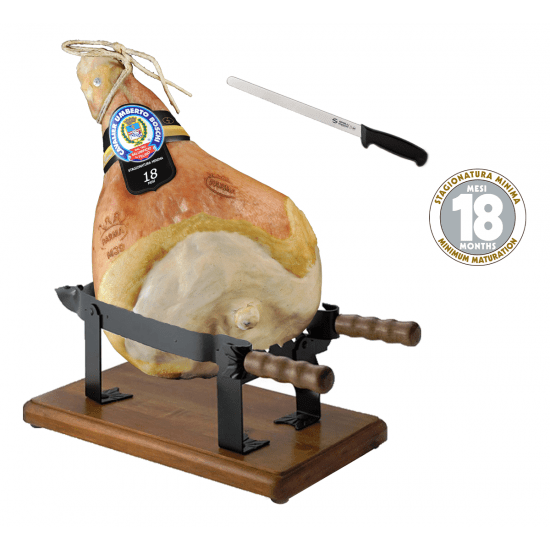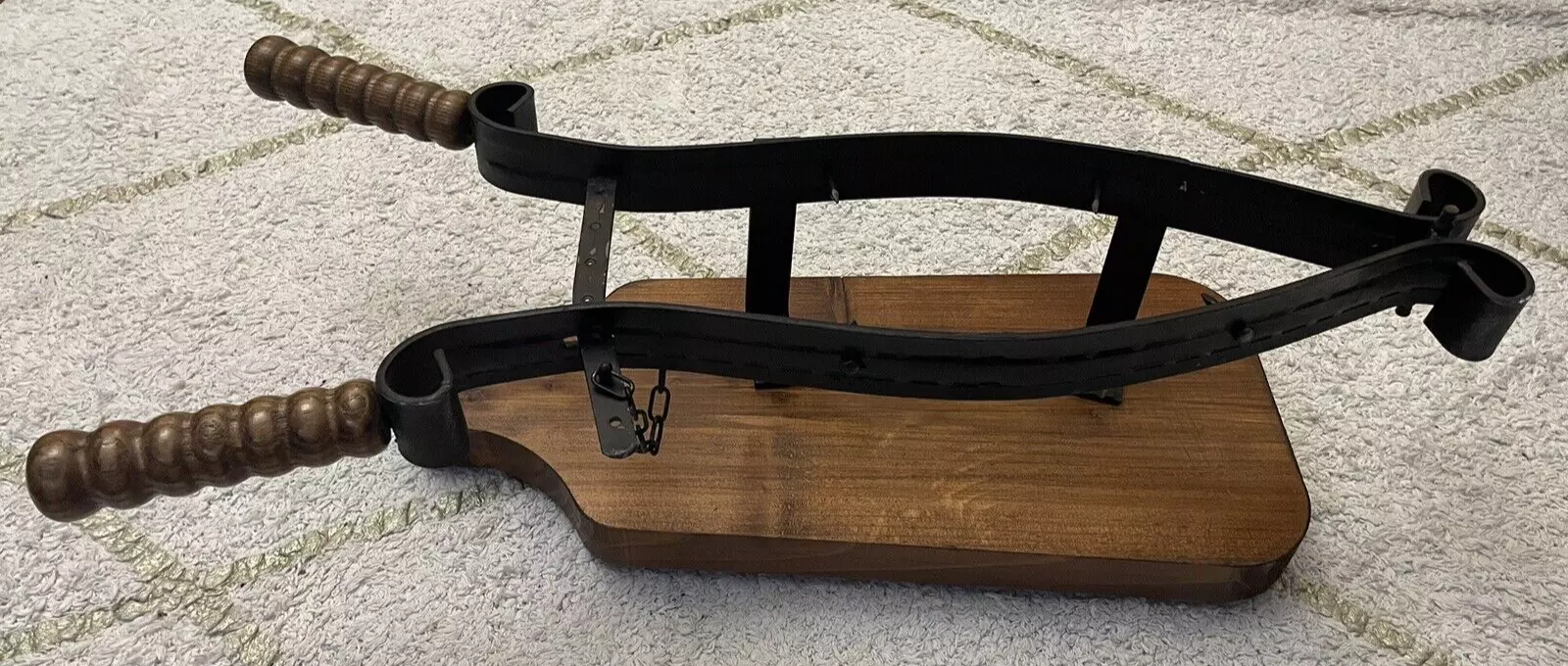A Sunday Memory in Nonna’s Kitchen
Imagine a sparkling Sunday afternoon in Nonna’s humming Italian kitchen. The smell of fresh-out-of-the-oven bread intermingled with the more musky smell of cured meat. In the middle was Nonna, beaming with pride as she held her wooden ham rack, with a whole leg of prosciutto proudly perched upon it. With assured precision, she cut paper-thin slices that landed elegantly on a waiting platter. Moments like these — or traditions handed down — for many of us, conjure the days when food was about heritage, craftsmanship and love.
Beyond a Simple Cooking Tool
Frequently regarded as a utilitarian object, the prosciutto stand is anything but. It represents a lineage of culinary tradition. It is durable (and beautiful) in the kitchen and has graced Mediterranean homes and markets for centuries. But how did this unassuming material become such a feature of culture?

From Antiquity to a Handy Tool of My Trade
The prosciutto rack comes from the area’s ancient method of curing meats. Since Roman times, meat preservation was done using salt-preserving. Prosciutto from those areas such as Parma was something of a luxury. This enabled her to keep it as thin and full-flavored as Olasina liked – and there is where the ham rack came into play: to stabilize the leg for slicing straight, in good-sized pieces.
The specific origin of the hoder remains murky, but it seems to have developed in medieval Europe — a way to keep meat from exposure as more people turned to curing it. One result was a wood and metal design that by the 19th century had become ubiquitous in homes and shops.
Communal celebration is inherent to life around the Mediterranean, and the prosciutto stand is built for congregating. At weddings and holidays in Italy and Spain, the ham implores you to join in celebration. Whether eaten indoors or on balconies above a plaza, food builds community.
As Italian and Spanish cuisines spread around the world in the 20th century, the stand became an authenticity marker. Restaurants and delis around the world added it as an homage to tradition. For immigrants living apart from family, it was comfort and a means to transmit heritage through shared meals.

Today’s stands blend refinement with modern design principles making them not only ideal for multiple furnishings but also the spirit of tradition. Behind plexiglass or wood, the ham becomes a focal point, infusing meals with ceremony. For those whose childhood memories revolve around one, the stand signifies more than utility — it’s a gateway to memories of laughter, to family, and to a genre of food’s long, delicious history. For newcomers it’s an appealing introduction to a rich culinary heritage.
The Legacy on Your Table
Prosciutto has always been valued for the delicate prancing of its salty flavors on the tongue. Aso do take a moment, while you are in the din and bustle of the market, to look at the weather beaten wooden holder in which the baroque meat wallow in the profundities of the earth. Think of how much these humble objects tell us of times past. And at home as well, the prosciutto stand keeps watch, constantly reminding us of generations gone by and traditions held dear. It says to us, “Stay awhile over supper, let’s talk a friendly lively chat and have a night together in the midst of the stuff of life.” Lovingly consider whether one of the following recipes can be at your table, making a new ritual out of an existing one. Then gather, pour drinks, pass dishes and then clear them, too.
source : Homemaking





